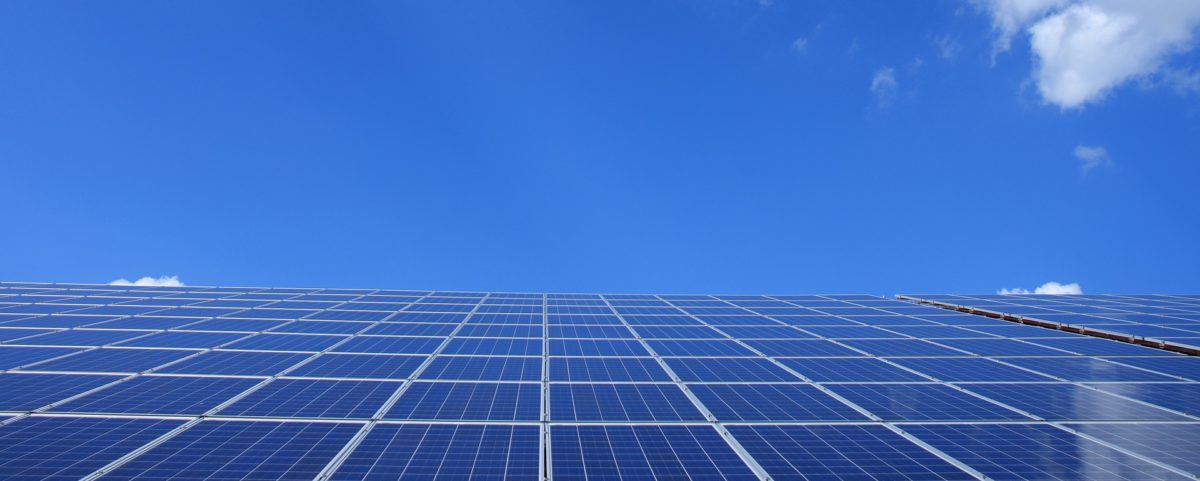The Government has finally published what it calls its ‘Future Homes and Buildings Standard’ that will regulate new homes from June 2022. Amongst a lot of fog generated about lofty future ambitions the reality is that the new building standards are not be strong enough to do more than get 2-3 kW of solar panels installed on an average new home. That’s all you need to achieve the target reduction in emissions that the Government has set. The rest is pushed into a might-be land of 2025 (safely after the next General Election?). That is easily a long enough delay for the gas industry and laggards in the building industry to postpone radical emissions reductions again.
Now of course getting some solar pv on (some) new homes and buildings is a welcome step forward, especially for the struggling solar industry. However it is a relatively small step towards the net zero target and it is one that implicitly leaves it much more difficult to play catch-up later on. That is because the new homes and buildings standard is nowhere near big enough to induce building developers to install (electrically powered) heat pumps. Heat pumps will cut the carbon emissions from energy used to heat buildings by at least threefold in new buildings, and that is just in the short term. In a future when all electricity is generated from renewable energy sources the carbon emissions will be reduced to zero.
Even in this future scenario it is important also to promote, in the near term, much more energy efficient designs of buildings, involving thicker insulation, better use of passive solar energy, heat recovery and other techniques used in so-called ‘passivhaus‘ designs. Renewable energy needs to be conserved.
Instead of all this, most of the new homes, over 200,000 a year built from 2022 (plus new commercial buildings) will be locked into using gas boilers, no doubt sometimes adorned with fantasy-tinged stickers saying they are ‘hydrogen ready’. It will be much more expensive to retrofit these buildings with heat pumps at a later date than it would be to fit them with heat pumps when they are built.
One problem is simply a lack of will to overcome the doubts seeded, on the one hand, by the natural gas industry, and on the other hand, by the self-appointed net zero sceptics. This attitude keeps heat pumps as a relatively expensive cottage industry (without many economies of scale) used to mainly retrofit homes that are off the gas grid. In reality the equipment needed to fit a heat pump in an average new house costs little more than a gas system (once you take into account the gain in not having to pay for a new gas connection and avoided boiler costs). If the electrical, heating and plumbing services needed anyway to build new homes are utilised to fit the heat pumps the apparently expensive nature of heat pump fittings melts away.
Alas this vision is still a pipedream, and there is no sign that much is going to change yet; for the most part all we have is a lot of ‘blah blah’ from the Government. Even the apparent prospect of solar panels on new buildings may be threatened by builders paying architects to produce designs that claim, but fail, to meet the improved energy standards. It is possible that under-resourced local planning authorities may be mystified into accepting business as usual outcomes.
What we need are laws to mandate the fitting of solar panels on new buildings, tightened efficiency standards but also the banning of fossil fuel boilers in new buildings.
David Toke

Banning of fossil fuel boilers is essential in new builds .As the article says retrofit is much more expensive